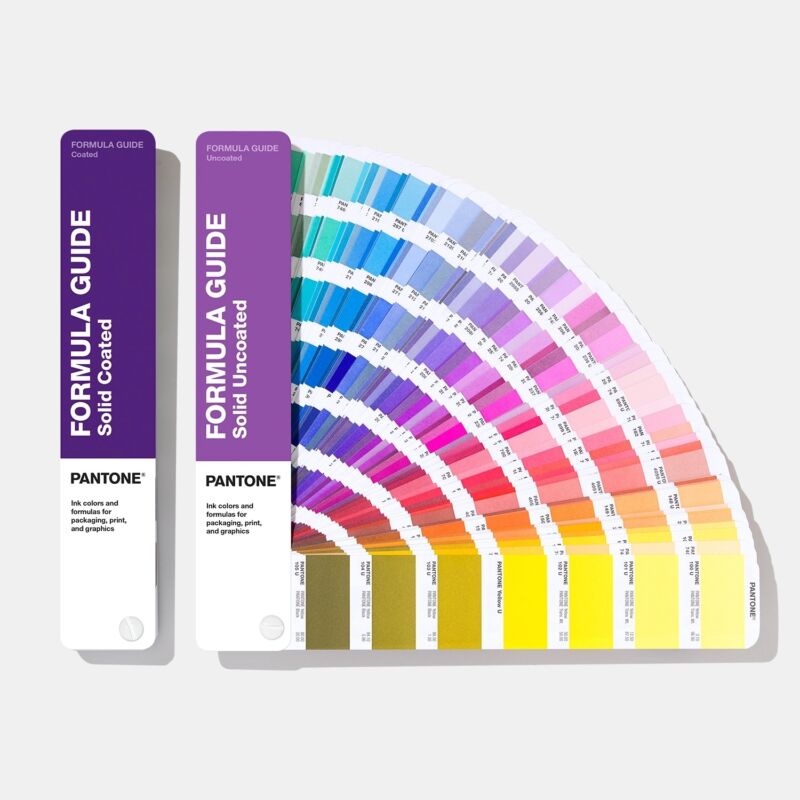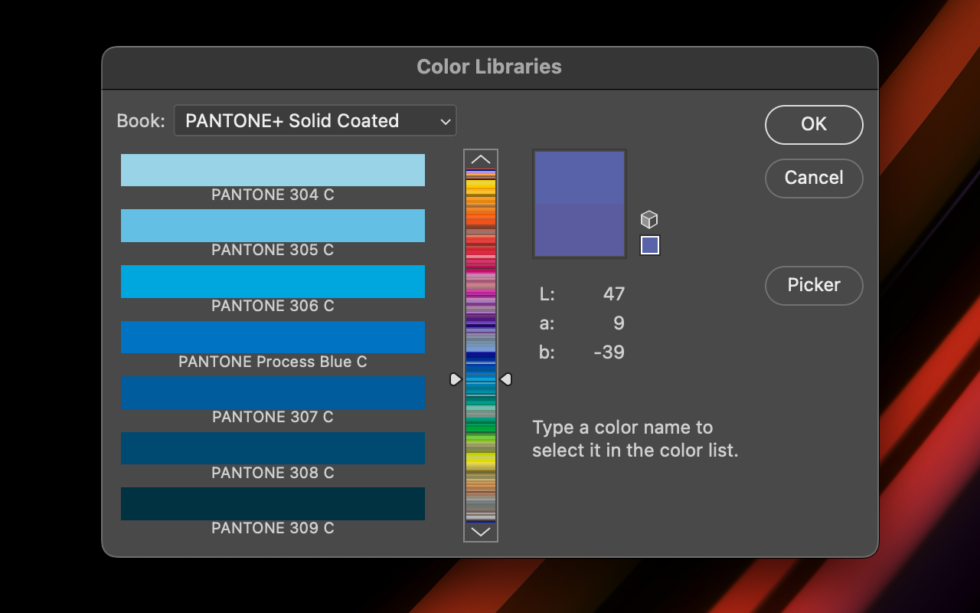
reader comments
123 with 71 posters participating, including story author
If you want to use up-to-date versions of Adobe’s Creative Cloud apps, you’ve already been paying subscription fees for years now. And if you want to use Pantone colors inside of Adobe’s apps, it’s about to get even more expensive. Starting this month, the Pantone color books in Adobe’s apps are mostly going away, and continuing to use those colors in your files will require a new Pantone Connect extension.
Using that extension is free once you’ve created an account, but using the full library of colors, creating unlimited color palettes, and “a dozen more tools to create smarter, more impactful palettes” will now require a subscription that will run $15 per month or $90 per year, on top of what you’re already paying to use Adobe’s apps in the first place. I could browse through colors using the basic version of the extension, but trying to browse and select most colors from most libraries prompted me to pay for a subscription.
Strange as it might seem for a company to be able to “own” colors, that’s an oversimplification of what Pantone does—it maintains a large library of reference colors and physical color samples used in print publishing and many design industries to ensure that colors look the way they’re supposed to look, no matter what material they’re being used on. If you want to see what a given color will look like when printed on a matte sheet of paper versus a glossy sheet of paper versus plastic versus cloth (among other things), and you want to know that the manufacturer or printer sees the exact same color you do, that’s when Pantone colors can be useful. Different computer, tablet, and phone displays will also show different colors differently based on how the displays are calibrated and what colors they’re capable of showing—Pantone colors and physical samples help to eliminate some guesswork and inconsistency.
#Adobe designers. Today, if you open a PSD (even one that’s 20 years old) with an obscure PANTONE colour, it will remove the colour and make it black. Pantone want US$21/month for access, and Solid Coated goes behind the paywall in early November. pic.twitter.com/BUxzViYFaQ
— Iain Anderson (@funwithstuff) October 28, 2022
This change seems to be rolling out gradually. Some users have already encountered Photoshop error messages informing them of the change, and that Pantone colors in old Photoshop files are being replaced with black when they’re opened in newer versions of the software. Adobe says that the Solid Coated and Solid Uncoated Pantone libraries will be removed “after November 2022,” leaving only the CMYK Coated, CMYK Uncoated, and Metallic Coated Pantone libraries behind.
Ars asked Adobe about the color replacement issue, and were told the following by an Adobe spokesperson: “We are currently looking at ways to lessen the impact on our customers. In the meantime, customers also have access to up to 14 extensive color books through Creative Cloud subscriptions.”
On an M1 MacBook Air running the most current version of Photoshop, I can still access all Pantone color libraries as before, including the Solid Coated and Solid Uncoated libraries that are supposedly going away. (Adding insult to injury for Mac users, the current version of the Pantone Connect extension isn’t Apple Silicon-compatible and requires launching the app in the slower Intel emulation mode.)

To hear Pantone tell it, Adobe had not been updating the Pantone color libraries in its apps for more than a decade, which prompted the end of the previous licensing deal and the wholesale removal of the old libraries from Adobe’s apps in favor of the Pantone Connect Extension. But communication around this issue has been muddled, with conflicting and changing dates for when the removal of the existing Pantone libraries begins and different pricing data based on the source you’re looking at. The Pantone FAQ and coverage from earlier this year list an $8/month or $60/year subscription price for Pantone Connect, much lower than the prices listed on the plugin’s product page.
Adobe’s FAQ says that versions of its apps released before August 2022 “will continue to have all previous Pantone Color books pre-loaded and available.”
In a pinch, this means you could use Creative Cloud’s “other versions” feature to install an older version of your apps that can still see and work with Pantone colors as you could before (Photoshop 23.4, InDesign 17.3, and Illustrator 26.4 appear to be the most recent versions released before August 2022).
This is only a stopgap; Adobe doesn’t offer older versions of its apps indefinitely. But for people who don’t use Pantone colors heavily or regularly, it can allow you to open and modify your files so you don’t end up with blacked-out colors in your images. Others have suggested that manually copying these Pantone color libraries from older versions of the apps and re-adding them to the newer versions could also be a workaround for some users.
We asked Adobe about all the contradictory information we’ve run into: the exact date users can expect to see these changes; whether old files will have their colors removed or whether they’ll be unchanged; and whether any missing colors can be restored by installing the Pantone Connect plugin (something we can’t test for because Pantone colors are still working fine on our end). The company had nothing else to share about these specific questions as of this writing.






